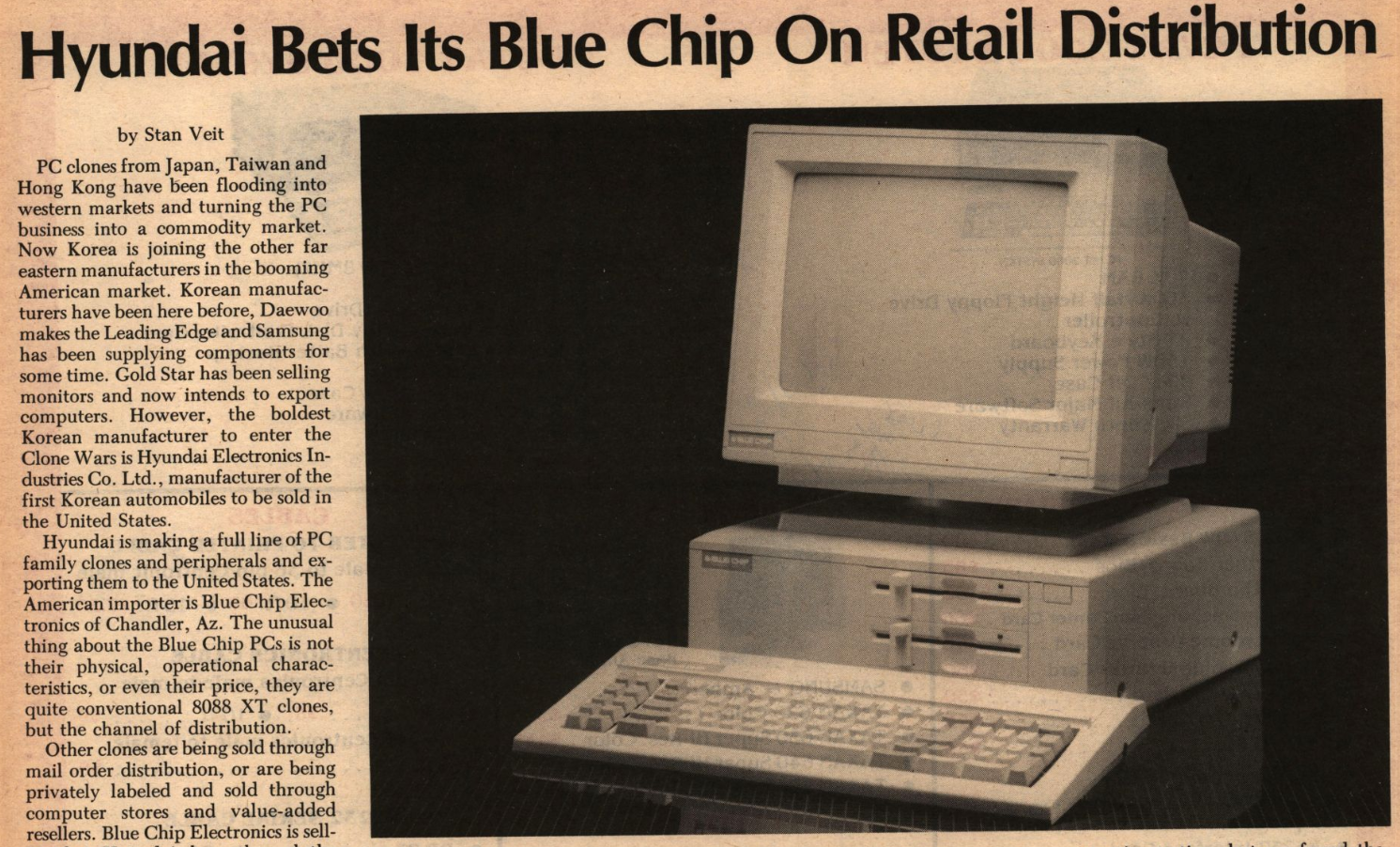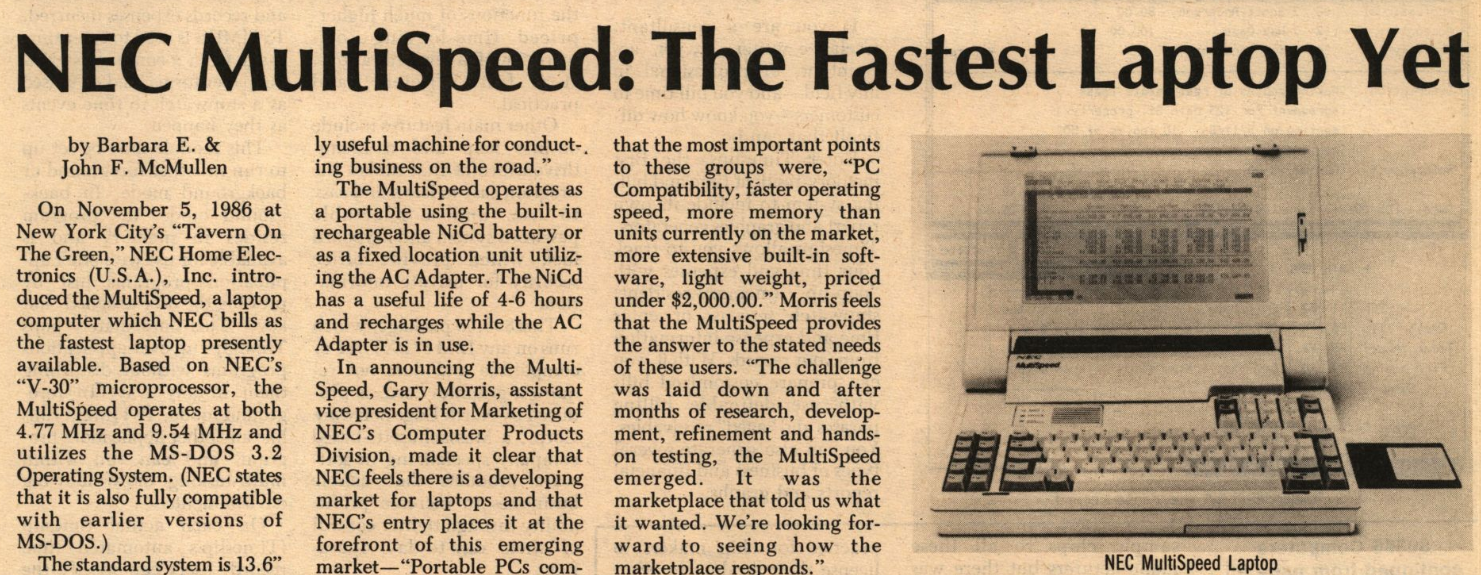The Kamala Harris campaign is still relatively young. The current Vice President and previous US Senator from California has barely been in the race for a month. Her first concrete economic plans are being announced and, for the most part, panned by economists. Let’s examine some of these proposals, their effects, and why economists oppose them.
1. Price Caps on Groceries
Let’s begin with the most shocking Harris proposal—a federal ban on “price gouging” for groceries. Let’s start with the rhetoric and then get down to brass tacks. What is price gouging? It’s a term without any clear tie to economic facts.
Historically, “price gouging” referred to price increases caused by disasters (e.g., bottled water being more expensive during hurricanes). But of course, when demand increases or supply decreases, prices do naturally rise to prevent shortages. Labeling this as “gouging” in certain circumstances is arbitrary at best.
Furthermore, what sort of crisis are we appealing to in order to say there is price gouging? Covid still? Since the Covid pandemic ended over two years ago (even according to Fauci), that really doesn’t make sense. Is the crisis that inflation is making things unaffordable? Well, if the disaster behind this gouging is price increases, then all price increases are defined as gouging. That doesn’t make any sense either.
To be blunt, gouging is just a word used for emotional effect. We can always pick some arbitrary benchmark of “fair” or “unfair” price increases, but that benchmark will remain arbitrary.
Now let’s move to the brass tacks. What would this mean? The way the language is couched, this policy would amount to nothing more than a form of price control. Regardless of the particular form this ban takes, any law which penalizes a store for having prices above some point is a price control. Insofar as this policy affects prices at all, it is a price control. Insofar as it doesn’t affect prices, the policy is spurious.
What’s the problem here? Well, when either demand increases or supply decreases (or both), the competition to buy a good increases relative to the available supply. This means that more people will be bidding for the same number of products. If prices do not rise, the products will run out, and some people who are willing to pay the current price cannot purchase the good in question because it has run out. Economists call this a shortage.
If, instead, prices are allowed to rise, two things happen. First, higher prices cause buyers to decrease their consumption relative to lower prices. Second, higher prices incentivize producers to supply more of a product, since a higher price commands a higher revenue. These two forces work together to make sure that all potential buyers can purchase the number of goods they are willing to pay for.
Harris’s team claims that the pandemic was used by businesses as a pretext to trick people, to increase prices more than rising costs called for, and that this is a corrective measure. So are grocery stores pulling one over on people? Not so.
Grocery stores have tiny margins compared to other industries. Look at the data.
If you’re unfamiliar with the term, a 1.2 percent profit margin means that for every 1 dollar of sales a grocery store makes, it keeps 1.2 cents in profit. The rest goes to pay costs. If costs were just a couple of cents per dollar higher in the grocery industry, grocery stores would take losses and start to go out of business.
The Harris team may try to walk this back and propose a policy to help grocery stores with their costs so that they can “pass on” the savings (though that’s not exactly how it works), but as of now the wording threatens at least de facto punishment for increasing prices. Low grocery prices sound nice, but food shortages don’t.
The bottom line is that grocery stores aren’t responsible for increasing the money supply by 40 percent over two years during the Covid policy era, which is the real driver of the price inflation we’ve experienced.
2. A Subsidy for New Homebuyers
Next, Harris is considering offering a $25,000 subsidy for new homebuyers. The policy has a similar ring to it. Housing is a significant part of the average American’s budget, and Harris will play well with getting young voters to turn out if she promises them $25,000 off their housing bill.
So what’s wrong with this? Do myself and other economists hate affordable housing? Quite the contrary. Harris’s policy will hurt housing affordability for many. If someone is considering whether to rent or buy for housing, promising him $25,000 to buy is going to convince many people on the fence to buy. This wave of new buyers will increase the demand for housing, and, as a result, prices will rise.
Not only this, but as prices rise, many landlords may decide that the new higher price tags on their rental units are worth selling for. The supply of houses for rent would tend to decrease, resulting in higher rental prices.
So while new homebuyers might experience a slightly lower cost (net of the new price increases), everyone trying to move and buy a new home is going to face higher prices.
The problem doesn’t end there. The government isn’t sitting on any piles of cash to hand out $25,000 subsidies. The policy will ultimately be financed by debt, and debt must be repaid (plus interest!) with future taxes. So even the first-time homebuyer may be worse off in dollar terms over the course of his life, as he pays higher future taxes for others.
Put simply, subsidizing demand means higher prices and higher taxes. This is no gateway to affordability.
3. Increasing the Child Tax Credit
The last of Harris’s policies on the docket is the only one that I can think of in a positive light: increasing the child tax credit for newborns.
I think there are good reasons to support a kind of policy like this because the current Social Security welfare system is subsidized heavily by parents. Under current US law, parents pay the bulk of the expenses of raising their children, but when those children grow up and work, their wages are used to support the retirement of everyone—so parents are indirectly supporting retirements.
Historically, support for retired parents was directly assumed by their children. Now, the benefit of children in this facet is socialized, while the cost is privatized to parents.
As such, I’m generally supportive of more tax credits. In theory, it tackles the twin problems of an anti-natal system combined with the looming baby bust.
My praise for Harris for this policy proposal is qualified, however, because the numbers just don’t amount to much. The policy proposal calls for a one-time increase in the child tax credit for newborns, to $6,000. Right now, the child tax credit varies, but it hovers around $3,000 per child.
So, as I read the proposal, this is a one-time increase of $3,000 spread out over 18 years of a child’s life. It isn’t nothing, but a couple hundred bucks a year isn’t exactly consequential either.
Will this policy fix a looming baby bust? Probably not. While money incentives can work to increase birth rates, they tend to come with high price tags before they work. Besides, there are better ways to increase birth rates that cost a lot less money and would have a far greater impact.
In sum, Kamala Harris’s first round of economic policies range from underwhelming to downright bad. We can only hope that, if she wins, cooler heads prevail at the policy table.





































